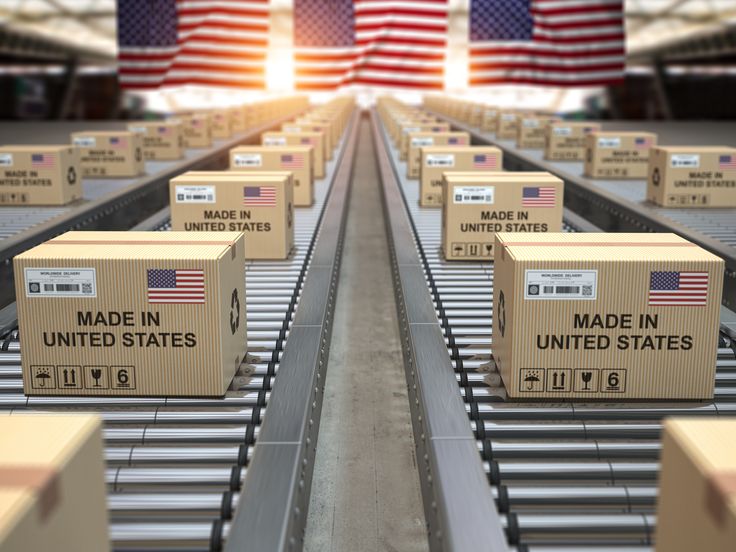
On April 2, 2025, President Donald Trump unveiled a sweeping set of reciprocal tariffs, a move he hailed as a “Declaration of Economic Independence.” This aggressive economic maneuver is designed to counteract longstanding trade imbalances, reinforce domestic industries, and push for a more equitable global trading landscape.
Breaking Down the Tariff Structure
- Universal Tariff: A baseline 10% tariff will be levied on nearly all imported goods entering the U.S., taking effect on April 5, 2025.
- Targeted Country Tariffs: Specific regions and nations face even steeper duties, including:
- European Union: 20%
- China: 34%
- Vietnam: 46%
- Brazil: 10%
- Argentina: 10%
- Peru: 10%
- Colombia: 10%
- Strategic Industry Tariffs: In an effort to revive American car manufacturing, a 25% tariff has been imposed on all foreign-made automobiles.
The Administration’s Justification
President Trump has long championed protectionist trade policies, arguing that foreign nations have capitalized on America’s leniency to flood the market with cheap imports. The administration insists that this new tariff regime will encourage companies to reshore production, thereby creating jobs and fostering economic resilience.
“America will no longer be a dumping ground for foreign goods while our own industries struggle to compete. This is about fairness, jobs, and economic sovereignty,” Trump asserted during his announcement.
International Fallout and Diplomatic Strains
The policy shift has reverberated across the globe, drawing sharp criticism from economic partners:
- European Union: Irish Prime Minister Micheál Martin cautioned that the tariffs could escalate trade tensions, spur inflation, and put European jobs at risk.
- Brazil: Brazilian officials condemned the tariffs, warning that they could disrupt vital trade ties and harm agricultural exports.
- China: Beijing has labeled the tariffs “protectionist aggression” and has hinted at retaliatory measures, which could trigger a full-scale trade conflict.
- South America: Trade organizations across the region expressed concern that the tariffs could weaken economic cooperation and impact industries dependent on U.S. exports.
Market Shockwaves and Economic Projections
The announcement sent shockwaves through financial markets. U.S. stock futures took a hit, while gold prices surged as investors scrambled for stability. Analysts remain divided:
- Proponents argue that these tariffs will rekindle American manufacturing, mitigate over-reliance on global supply chains, and secure jobs.
- Detractors warn of rising consumer costs, exacerbated inflation, and retaliatory trade policies that could undermine economic growth.
Future Adjustments and Potential Loopholes
U.S. Treasury Secretary Scott Bessent hinted at the possibility of exemptions for nations willing to negotiate fairer trade terms. “These policies are designed to correct an imbalance, not punish allies. We’re open to discussions with any nation that commits to fair trade,” Bessent stated.
As businesses and consumers brace for the economic impact, the coming months will reveal whether this bold strategy will fortify American industry or ignite fresh global trade tensions. One thing is clear—Trump’s economic nationalism is here to stay, and the world must now adjust to a new era of U.S. trade policy.